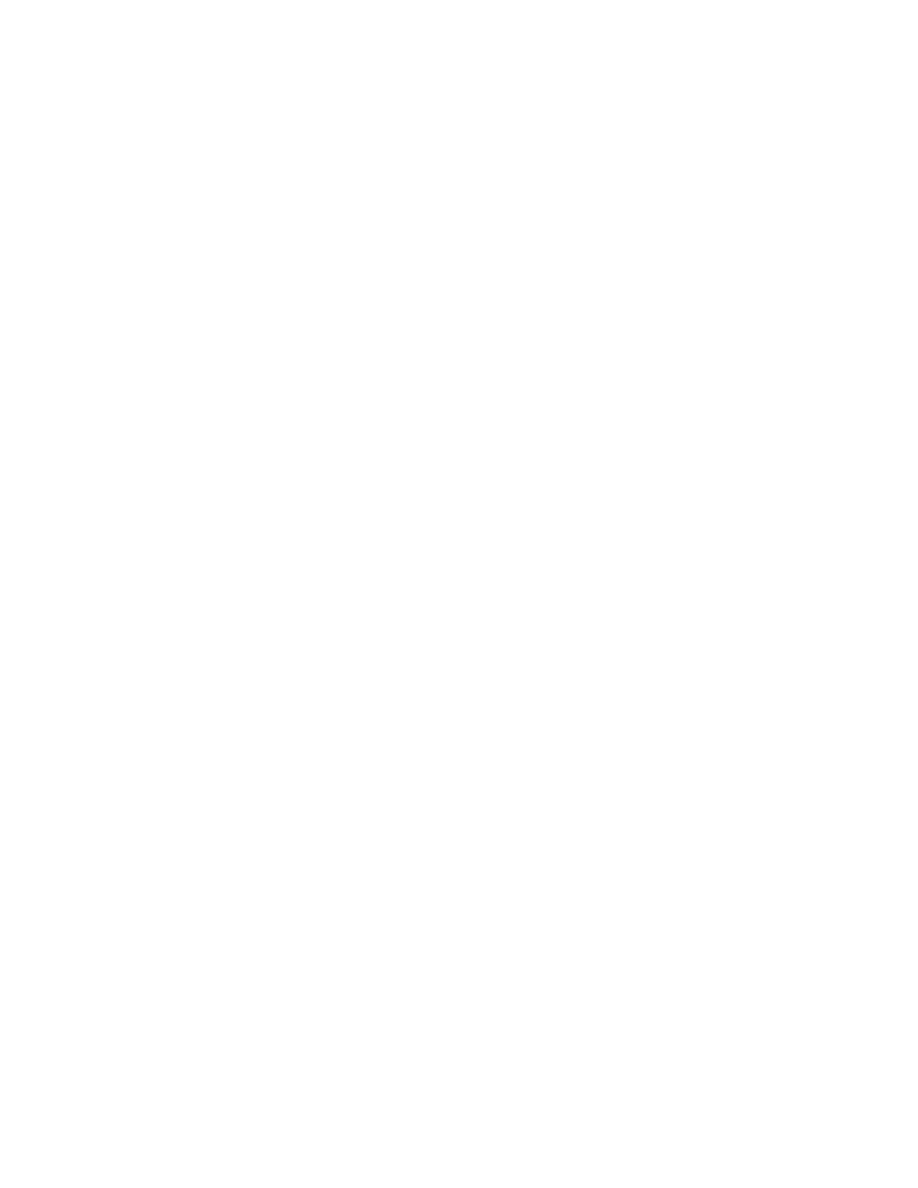
277
Federal Aviation Administration, DOT
§ 23.967
inch (unless another displacement is
substantiated) while
2
⁄
3
filled with
water or other suitable test fluid.
(3) The test frequency of vibration
must be as follows:
(i) If no frequency of vibration result-
ing from any rpm within the normal
operating range of engine or propeller
speeds is critical, the test frequency of
vibration is:
(A) The number of cycles per minute
obtained by multiplying the maximum
continuous propeller speed in rpm by
0.9 for propeller-driven airplanes, and
(B) For non-propeller driven air-
planes the test frequency of vibration
is 2,000 cycles per minute.
(ii) If only one frequency of vibration
resulting from any rpm within the nor-
mal operating range of engine or pro-
peller speeds is critical, that frequency
of vibration must be the test fre-
quency.
(iii) If more than one frequency of vi-
bration resulting from any rpm within
the normal operating range of engine
or propeller speeds is critical, the most
critical of these frequencies must be
the test frequency.
(4) Under paragraph (b)(3) (ii) and (iii)
of this section, the time of test must be
adjusted to accomplish the same num-
ber of vibration cycles that would be
accomplished in 25 hours at the fre-
quency specified in paragraph (b)(3)(i)
of this section.
(5) During the test, the tank assem-
bly must be rocked at a rate of 16 to 20
complete cycles per minute, through
an angle of 15
°
on either side of the hor-
izontal (30
°
total), about an axis par-
allel to the axis of the fuselage, for 25
hours.
(c) Each integral tank using methods
of construction and sealing not pre-
viously proven to be adequate by test
data or service experience must be able
to withstand the vibration test speci-
fied in paragraphs (b)(1) through (4) of
this section.
(d) Each tank with a nonmetallic
liner must be subjected to the sloshing
test outlined in paragraph (b)(5) of this
section, with the fuel at room tempera-
ture. In addition, a specimen liner of
the same basic construction as that to
be used in the airplane must, when in-
stalled in a suitable test tank, with-
stand the sloshing test with fuel at a
temperature of 110
°
F.
[Doc. No. 4080, 29 FR 17955, Dec. 18, 1964, as
amended by Amdt. 23–43, 58 FR 18972, Apr. 9,
1993; Amdt. 23–43, 61 FR 253, Jan. 4, 1996;
Amdt. 23–51, 61 FR 5136, Feb. 9, 1996]
§ 23.967
Fuel tank installation.
(a) Each fuel tank must be supported
so that tank loads are not con-
centrated. In addition—
(1) There must be pads, if necessary,
to prevent chafing between each tank
and its supports;
(2) Padding must be nonabsorbent or
treated to prevent the absorption of
fuel;
(3) If a flexible tank liner is used, it
must be supported so that it is not re-
quired to withstand fluid loads;
(4) Interior surfaces adjacent to the
liner must be smooth and free from
projections that could cause wear, un-
less—
(i) Provisions are made for protection
of the liner at those points; or
(ii) The construction of the liner
itself provides such protection; and
(5) A positive pressure must be main-
tained within the vapor space of each
bladder cell under any condition of op-
eration, except for a particular condi-
tion for which it is shown that a zero
or negative pressure will not cause the
bladder cell to collapse; and
(6) Syphoning of fuel (other than
minor spillage) or collapse of bladder
fuel cells may not result from improper
securing or loss of the fuel filler cap.
(b) Each tank compartment must be
ventilated and drained to prevent the
accumulation of flammable fluids or
vapors. Each compartment adjacent to
a tank that is an integral part of the
airplane structure must also be venti-
lated and drained.
(c) No fuel tank may be on the engine
side of the firewall. There must be at
least one-half inch of clearance be-
tween the fuel tank and the firewall.
No part of the engine nacelle skin that
lies immediately behind a major air
opening from the engine compartment
may act as the wall of an integral
tank.
(d) Each fuel tank must be isolated
from personnel compartments by a
fume-proof and fuel-proof enclosure
VerDate Mar<15>2010
10:12 Mar 18, 2014
Jkt 232046
PO 00000
Frm 00287
Fmt 8010
Sfmt 8010
Y:\SGML\232046.XXX
232046
pmangrum on DSK3VPTVN1PROD with CFR